The One-Plus Rule: Fight Fair, Or Fight To Win?
Officer I. Gowj is on foot patrol in the lower east side of Deathtrap, Texas, where the rowdiest of all bars are located. The area there near the docks and strip joints is well known for its drug traffic and gang activity, and there’d been a number of assaults on police officers in recent weeks. So Officer Gowj is already on high alert as he passes a suspicious young man hanging out at the intersection of Kick and My Butt. The two exchange eye contact and, after mumbling a few words to himself, the cross-eyed beefy guy falls in step behind the officer.
Sensing danger, Officer Gowj moves to the side of the walkway and turns his back to the brick storefront of Slim’s House of Pawn, Porn, and Collectible Thimbles.
The large man stopped directly in front of the wary patrol officer. Unsure of the focus of the suspicious man’s gaze Officer Gowj prepared to defend himself and, as the officer suspected, the man attacked, delivering numerous punches and kicks to the officer’s head and body.
Is Officer I. Gowj expected, by law, to fight a fair fight? Must he stand there and exchange punches and kicks with the thug until the best brawler is left standing? No, of course not. Police officers are expected to win every single encounter. They should never lose a battle. Not ever. Their goal is to arrest all suspects and bring them in to stand trial.
But, suppose the attacker is bigger and stronger? What if there’s more than one attacker? If the bad guy is a better fighter, what then?
Well, all of the above are the reasons officers operate under the “1-Plus Rule of Thumb,” which simply means that officers, under normal circumstances, are allowed to use one level of force above the amount of force used by the suspect/attacker/adversary.
What about an encounter such as the one Officer Gowj was faced with in the paragraphs above? The man was unarmed and he began his attack at close range. What is Officer Gowj allowed to do to defend himself?
Well, if the officer feels that his life is in danger he is permitted to use deadly force. But in Gowj’s case he probably wouldn’t have the time or opportunity to reach one of the weapons on his duty belt. Not at first, anyway.
So here are some options officers may want to consider when faced with deadly force encounters while empty handed. The same tactics could be used by citizens to defend themselves against an attack.
Empty-Hand Defensive Tactics
Eye Gouge – Use your palms to guide the thumbs to the eyes, and always use the thumbs when applying this technique. Never a finger. Thumbs are capable of delivering more force than fingers. Besides, fingers break easily as opposed to the sturdier thumbs. But you can use the fingers to grip the head, which helps to provide even more force from the thumbs. A properly applied eye gouge almost always results in the suspect releasing his grip on you.
Knee Strike – A knee strike to the groin, gut, or the large muscle of the thigh, can be a devastating blow. A huge amount of force is generated by this technique, and that force translates into lots of pain to your attacker.
The Head Twist – This one’s a little tricky because you could actually kill your suspect if you’re not careful. BUT, if the officer is fighting for her life, then so be it.
Kick To The Knee – It’s very easy to break a knee, therefore a good kick to it can put your attacker out of commission in a hurry. After all, it’s tough to fight while standing on one leg. It’s also difficult to escape custody with a broken knee. Not many suspects are able to successfully hop their way to freedom.
Palm-Heel Strike To The Ear – This one is quite painful. Makes ’em see stars and bright white lights. It could also make them release the choke hold they have on you.
Remember, these are NOT the techniques police use to control suspects—arm bars, wrist locks, and come-alongs. These are empty-handed tactics and techniques used when fighting for survival. Officers should ONLY use the amount of force necessary to control a suspect/situation. Never use deadly force in a non life-threatening situation.
Hell Week
Basic police officer academy training consists of many aspects of law-enforcement. But perhaps the most memorable course is the one our recruits often referred to as Hell Week.
During Hell Week recruits learn how to defend themselves from weapon wielding attackers, and they learn various techniques such as weapon retention, weapon disarming, handcuffing, baton use, how to effectively arrest combative and non-combative suspects, and the proper and safe use of chemical sprays and Taser deployment.
They’re also required to exercise and run. Actually, lots and lots of exercising and running. And when they’ve finished all that exercising and running, they run and exercise some more.
The training is intense, painful, and exhausting. Did I mention … PAINFUL!
Recruits learn to control and handcuff combative suspects by using pain-compliance techniques—wrist-locks and joint control. The tactics taught to police are based on the techniques used by martial artists. Aikido, founded byO-Sensei Morihei Ueshiba, and Chin-Na, are two of the martial arts our academy used as a foundation for these highly-effective techniques.
Aikido founder Morihei Ueshiba (O-Sensei, “The Great Teacher”).
Sticking to O-Sensei’s original teachings, Yoshinkan Aikido was first taught to the Tokyo Metropolitan Police in the early 1960’s. The Tokyo Riot Police receives Yoshinkan Aikido instruction to this day. Aikido techniques in American police academies are a bit less intensive, but are still extremely effective.
Aikido (The Art of Peace) uses the attacker’s own force against him.
The purpose of police defense tactics training is actually threefold—to protect the officer, make a safe arrest, and protect the attacker/assailant from harm.
I served as a police academy instructor and instructor-trainer for many years, teaching basic, advanced, and in-service classes such as, Defensive Tactics, Officer Survival, CPR, Interview and Interrogation, Homicide Investigation, Drug Recognition, and Firearms. I also trained, certified, and re-certified police academy instructors.
Outside the academy, my wife Denene, and I, owned our own school/gym where I taught classes in rape-prevention, personal self-defense and self-defense for women, and advanced training for executive bodyguards. I trained others in stick (tambo) and knife fighting. The training at our school/dojo was extremely intense and designed for personal survival and the protection of others. It was not typical police training.
Throughout my law enforcement career I maintained the rank of Master Defensive Tactics Intructor/Aikido and a black belt in Chin-Na, and Master Defensive Tactics Instructor/Instructor-Trainer.
As I stated above, the defensive tactics I and our other instructors taught to police recruits and to officers completing their mandatory in-service training was based upon Aikido techniques.
Basic Aikido For Law Enforcement
1. Develop a keen sense of awareness. Learn to observe the entire picture. No rear attacks!
2. Being able to quickly move forward, backward, side-to-side, and diagonally… all without losing your balance.
3. Verbally calm down any potential aggressor.
4. Knowing the right time to arrest or detain a suspect. Avoid any escalation of violent behavior.
5. Having the tools to cause pain without causing injury—use of pressure points to safely effect the arrest.
6. Always use the minimum amount of force necessary to make the arrest.
Remember:
– Unbalancing the suspect is key to reducing their resistance.
– Control the head and the body will follow.
– Move the suspect into a position where their chance of reaching you with an attack is greatly reduced—controlling their arms, wrists, elbows or shoulders.
Officers are taught a variety of techniques, such as:
A wrist turnout, for example, applies intense pressure to the joint in the wrist while forcing the suspect off balance. The proper grasp to begin the wrist turnout (Kotegaeshi Nage) technique is pictured below.

A wrist turnout applies intense pressure to the joint in the wrist, forcing the suspect off balance.

Proper grasp to begin the wrist turnout (Kotegaeshi Nage) technique. To complete the technique the officer maintains his grasp, rotates the suspect’s hand up and to the rear in a counter-clockwise motion while simultaneously stepping back with his (the officer) left leg. The suspect ends up on the floor on his back (see picture below). Any resistance inflcts excrutiating pain in the wrist, elbow, and shoulder.

Combative suspects are normally forced the ground for handcuffing. From this position, a quick turn of the suspect’s wrist and arm will force him to roll over on his stomach. Any resistance causes extreme pain and could severely injure the controlled wrist, elbow, and shoulder.

To effectively control the wrist, the elbow must be stationary. From this position, the suspect is easily handcuffed.

This wrist lock can cause intense pain in the wrist, the elbow, and the shoulder. Forward and downward pressure forces the suspect to the ground.
Chinese Chin Na can be categorized in five general areas. They are:
Fen Chin – techniques which tear apart an opponent’s muscles or tendons. Techniques in this category of Chin Na is illegal in all competitive sports.
Ts’o Ku, translated loosely, means misplacing the bone. These techniques are used to position bones in unnatrual positions by manipulating and applying pressure to joints.
Pi Ch’i, “sealing the breath,” refers to techniques that prevents an opponent’s ability to inhale.
Tien Mai are the techniques used for sealing or striking blood vessels.
Keep in mind, the last four techniques listed above are NOT taught to law enforcement officers. Nor are they permitted as part of arrest and control situations. However, in a life or death situation anything goes, including the use of deadly force.
To see a demonstration of a few techniques taught to law enforcement, please click to start the video below.


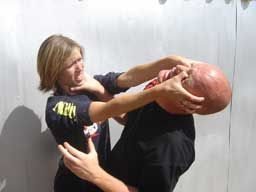
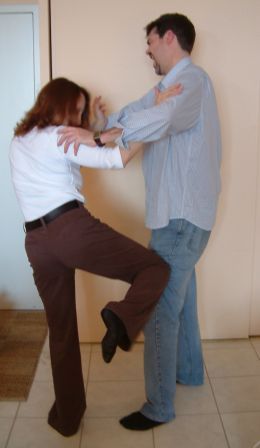


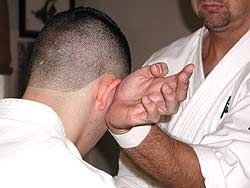
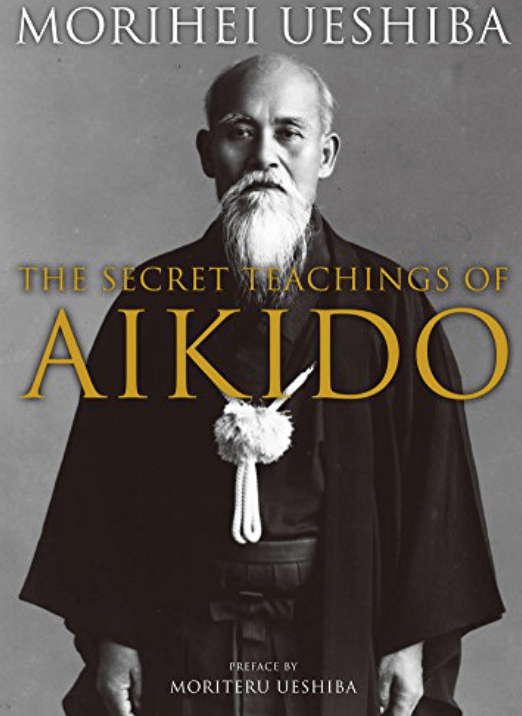
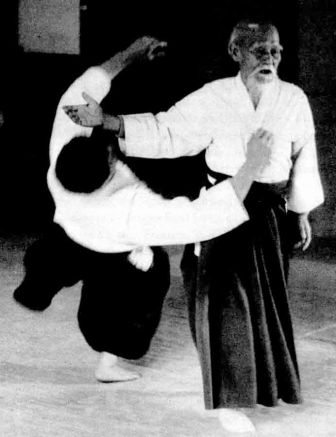
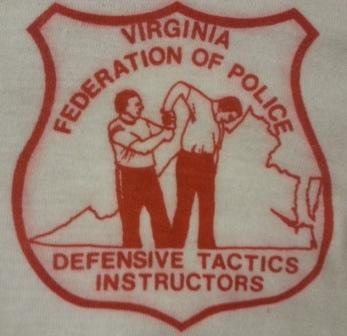
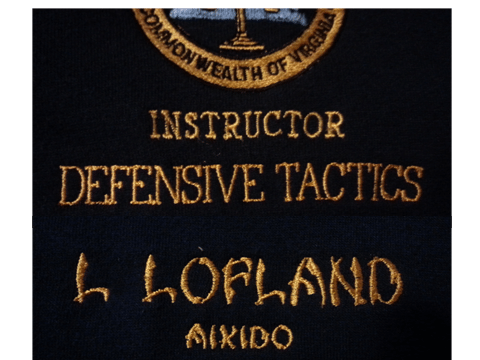
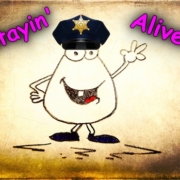



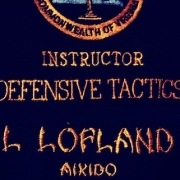



Great info. Thanks, Lee!